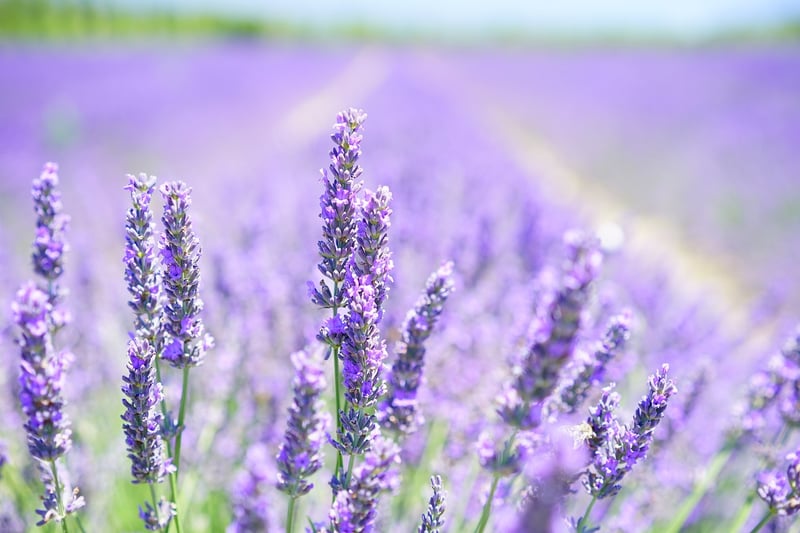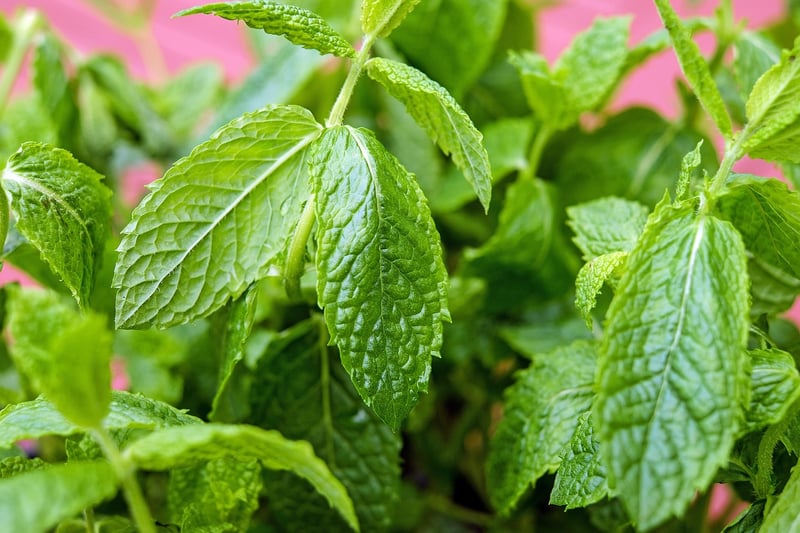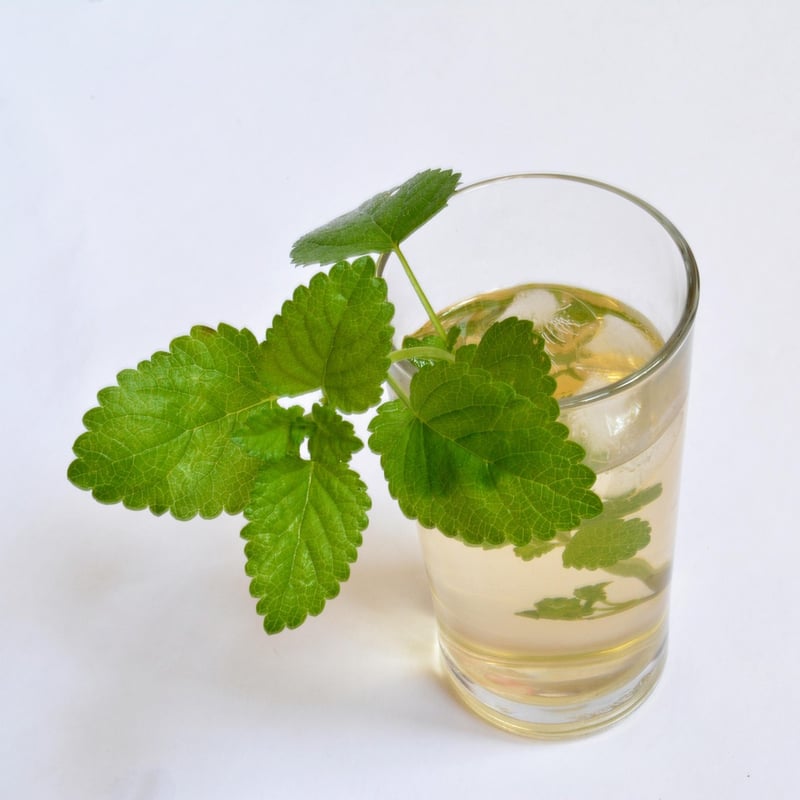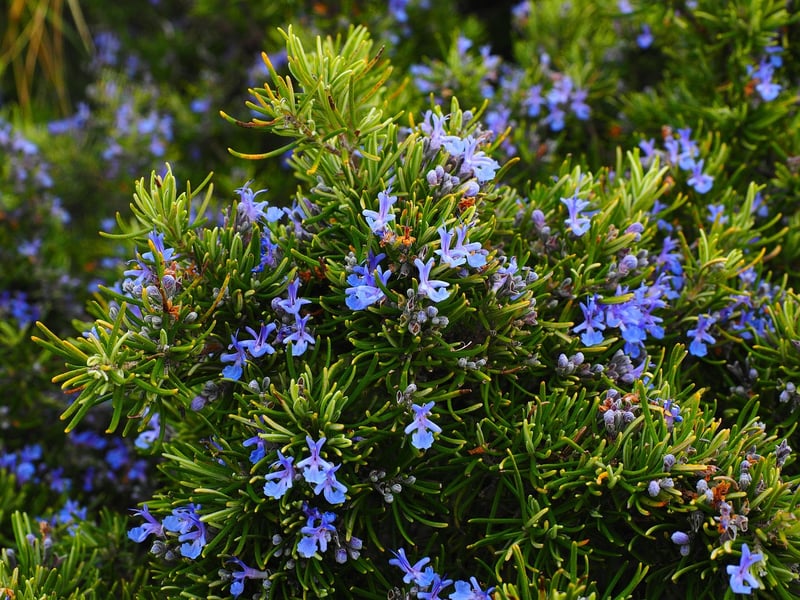Aromatic Plants
Growing Herbs Vertically: A Guide to Aromatic Plants
Vertical gardening is an innovative way to grow herbs and aromatic plants even in limited spaces. Not only does it save space, but it also adds a decorative touch to your living area. Let's explore how you can create your vertical herb garden and enjoy the benefits of these aromatic plants.
Benefits of Growing Herbs Vertically
- Maximizes space utilization
- Easy access to fresh herbs
- Improves air quality indoors
- Enhances the visual appeal of your home
- Reduces the risk of pests and diseases
How to Start Your Vertical Herb Garden
- Choose a sunny spot: Herbs typically need 6-8 hours of sunlight daily.
- Select the right herbs: Popular choices include basil, mint, rosemary, and thyme.
- Use vertical planters or wall-mounted containers: Ensure proper drainage.
- Plant your herbs: Use quality soil and water them regularly.
- Harvest and enjoy: Trim your herbs frequently to promote growth and flavor.
Aromatic Plants for Your Vertical Garden
Adding aromatic plants to your vertical garden can elevate the sensory experience and offer various therapeutic benefits. Here are some aromatic plants to consider:
Lavender
Lavender not only smells delightful but also has calming properties. It's perfect for relaxation and stress relief.

Peppermint
Peppermint is known for its invigorating scent and can aid digestion and freshen the air in your home.

Lemon Balm
Lemon balm has a citrusy fragrance that uplifts the mood and can be used in teas or aromatherapy.

By incorporating these aromatic plants into your vertical herb garden, you can create a serene and fragrant oasis in your home. Get started on your vertical gardening journey today and enjoy the beauty and benefits of growing herbs and aromatic plants.
References: Pixabay
